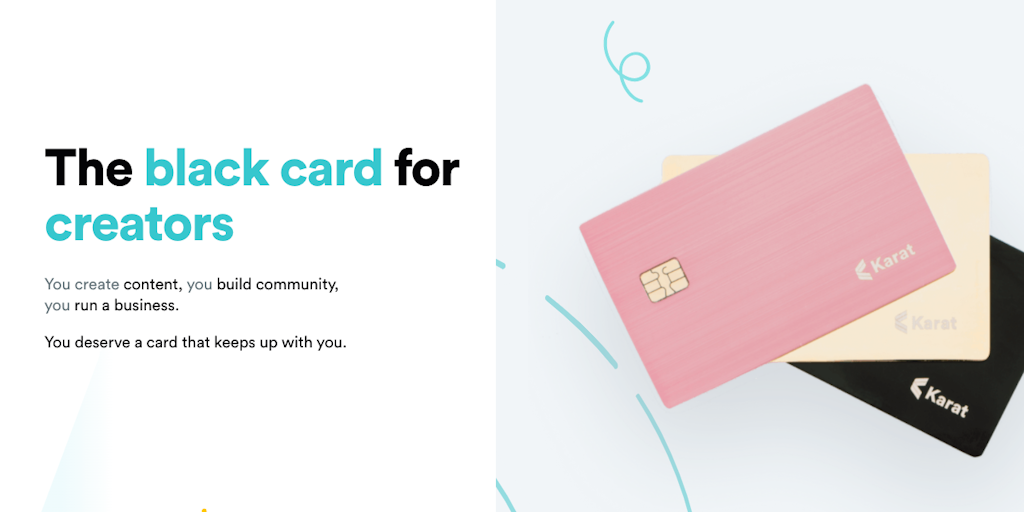When I first starting following the tech scene and writing about new ideas I figured that if I didn’t make it big as a writer or futurist I could at least leverage my knowledge about the next big thing for personal financial gain through timely investing. Getting in at the ground level of emerging unicorns or catching companies with game-changing technologies on their meteoritic rise to prominence. It’s a strategy that worked well with Tesla. But when it came to 3D printing, graphene, and rare earth metals I was less fortunate.
It always bothered me though that I couldn’t fully leverage this knowledge. Believing in your heart of hearts that OpenAI or SpaceX is the next big thing doesn’t do you any good if these are private companies that are off limits to you. If you’re bullish on future tech you should be able to reap the benefits of your faith and, better yet, actually contribute to the future success of these companies just like you would with any Kickstarter campaign that you believed in by investing in them.
Previously that wasn’t possible. But thanks to the new Destiny Tech100 fund now it is.
Fast Company sums it up best:
“Some of today’s hottest companies have remained untouchable for investors. Stripe, for instance, was valued at $65 billion in February. And SpaceX is estimated to be worth $175 billion. If accurate, that puts Stripe at a level higher than Spotify, and Nintendo and SpaceX in the same neighborhood as IBM and Intuit. A new fund, though, might give the public a chance to ride the financial coattails of these and other unicorns.
While individual investors aren’t able to invest in startups, accredited investors (people with a net worth of $1 million or an annual income of $200,000 for the past two years) can. The Destiny Tech100 fund, though, takes an unusual approach to bypass that, giving public access to private companies. The publicly traded fund (under the ticker DXYZ) has shares of 23 private tech companies, ranging from SpaceX to OpenAI to Epic Games. And investors are piling on fast.
In its less than two weeks on the New York Stock Exchange, the fund has seen its share price soar 504%. On Friday alone, the stock was up more than 48% in midday trading (spurred, perhaps, by a New York Times article about it.)
‘D/XYZ [the company’s spelling of Destiny], through products like the Destiny Tech100, is on a mission to make investing in innovative private companies accessible to all,’ said CEO Sohail Prasad in a statement when the fund was announced last month. ‘The future of investment is inclusive, and that everyone deserves a chance to own the future.'”
I currently don’t any stocks but this new fund is making me want to get back into the game. Giving ordinary people like you and me the ability to own a piece of the future, the entire future, in one fell swoop.

Is the Destiny Tech100 the Greatest Idea Ever?









